
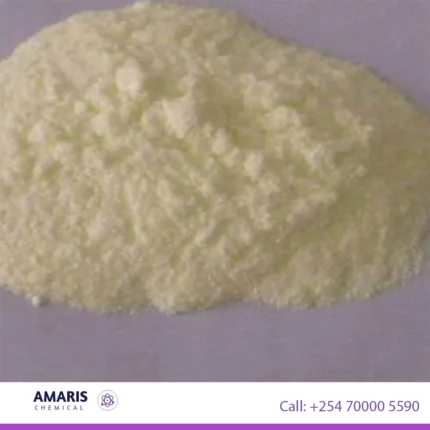
Avobenzone
KSh0.01
Avobenzone is a key organic compound widely used as a broad-spectrum UVA filter in sunscreens and cosmetic products. Its primary function is to absorb harmful UVA rays (320-400 nm), which are responsible for skin aging, wrinkles, and long-term DNA damage. Unlike UVB blockers, avobenzone specifically protects against deep-penetrating UVA radiation, making it an essential ingredient in many sun protection formulations. To ensure effectiveness, it is often combined with UVB filters like octinoxate for full-spectrum defense and stabilized with compounds like octocrylene or antioxidants to prevent photodegradation. Beyond sunscreen lotions, avobenzone is incorporated into daily skincare products such as moisturizers, foundations, and anti-aging creams to provide consistent UV protection. While generally recognized as safe by regulatory bodies like the FDA and EU, it can degrade when exposed to sunlight unless properly stabilized and may cause irritation in sensitive individuals. For improved photostability, modern formulations frequently pair avobenzone with advanced filters like Tinosorb or Mexoryl.
AVOBENZONE USES
Sun Protection
- UVA Filter: Blocks long-wave UVA rays (320–400 nm), preventing skin aging, wrinkles, and DNA damage.
- Often Combinedwith UVB filters (like Octinoxate or Octocrylene) for full-spectrum SPF protection.
Skincare & Cosmetics
- Added to moisturizers, foundations, lip balms, and anti-aging products for daily UV defense.
- Stabilized with Octocrylene or antioxidants(e.g., Vitamin E) to prevent degradation in sunlight.
Photostability Enhancement
- Modern formulations pair it with Tinosorb or Mexorylto improve its longevity under UV exposure
1. Basic Identification Attributes
- Chemical Name: 1-(4-Methoxyphenyl)-3-(4-tert-butylphenyl)propane-1,3-dione
- CAS Number: 70356-09-1
- HS Code: 2914.70.90 (Other ketones)
- Molecular Formula: C₂₀H₂₂O₃
- Synonyms:
4-tert-Butyl-4'-methoxydibenzoylmethane
2. Physical & Chemical Properties
- Physical State: Pale yellow crystalline powder
- Melting Point: 80-85°C
- Molecular Weight: 310.39 g/mol
- Solubility:
- Oil-soluble (up to 5% in common cosmetic oils)
- Insoluble in water
- UV Absorption:
- λmax: 357 nm (broad UVA protection: 310-400 nm)
- Molar Extinction Coefficient: ~25,000 L·mol⁻¹·cm⁻¹
- Photostability:
- Unstabilized: Loses ~36% efficacy after 1 MED (Minimum Erythemal Dose)
- Stabilized (with octocrylene): <10% degradation
3. Safety & Hazard Attributes
- Hazard Class (GHS): Not classified (approved for topical use)
- Skin Penetration: <0.5% systemic absorption (FDA studies)
- Photoreactivity:
- Forms reactive species under UV without stabilizers
- Must be combined with photostabilizers (e.g., octocrylene, Tinosorb® S)
4. Regulatory & Compliance Attributes
- Global Approvals:
- FDA: Permitted up to 3% concentration (21 CFR 352.10)
- EU: Max 5% (Regulation (EC) No 1223/2009)
- China: Approved (2021 IECSC update)
- Ecotoxicity:
- LC50 (fish): >100 mg/L
- Not readily biodegradable
5. Formulation Considerations
- Optimal Concentration: 2-3% in sunscreens
- Incompatibilities:
- Mineral UV filters (ZnO/TiO₂) without surface coating
- Oxybenzone (accelerates degradation)
- Stabilization Systems:
- Triazine derivatives (e.g., Tinosorb® S)
- OMC (Octyl Methoxycinnamate) in fixed ratios
6. Environmental Impact
- Persistence: Detected in wastewater (0.1-5 μg/L)
- Coral Reef Safety: Under review (Hawaii SB 2571
Personal Protection:
- Gloves:Nitrile or neoprene gloves (chemical-resistant)
- Eye Protection:Safety goggles or face shield (prevent splash contact)
- Respiratory Protection:NIOSH-approved N95 mask (for powder handling) or organic vapor respirator (if aerosolized)
- Clothing:Lab coat or chemical-resistant apron
Handling & Storage:
- Ventilation:Use in a well-ventilated area or fume hood
- Avoid Contact:Prevent skin, eye, and inhalation exposure
- Storage:Keep in a cool, dark place (light-sensitive) in tightly sealed containers
- Hygiene:Wash hands thoroughly after handling
Incompatibilities:
- Strong oxidizers(e.g., hydrogen peroxide, chlorinated compounds) → May cause degradation
- Heavy metals(e.g., iron, copper) → May catalyze decomposition
- Extreme pH conditions→ Can destabilize the compound
Inhalation (Dust or Aerosol Exposure):
- Move to fresh air immediately
- If breathing difficulties occur, administer oxygen
- Seek medical attention if symptoms persist
Skin Contact:
- Remove contaminated clothing
- Wash affected area with soap and water for at least 15 minutes
- If irritation develops, seek medical advice
Eye Contact:
- Rinse immediately with lukewarm water for 15+ minutes (hold eyelids open)
- Seek immediate medical attention
Ingestion:
- Do NOT induce vomiting
- Rinse mouth with water
- Drink water to dilute
- Seek medical attention if large amounts are ingested
Fire Hazards:
- Not flammable, but decomposes at high temperatures (>200°C/392°F)
- Decomposition products may include:
- Carbon monoxide (CO)
- Carbon dioxide (CO₂)
- Nitrogen oxides (NOx)
Extinguishing Media:
- Water spray(cool containers, avoid direct jets)
- CO₂, dry chemical, or foam
Firefighter Protection:
- Wear SCBA (self-contained breathing apparatus)
- Full protective gear to avoid skin/eye contact with decomposition products
Special Considerations:
- Avoid inhaling smoke/fumes (potential respiratory irritant)
- Prevent runoff from entering drains (environmental hazard)
Small Spills:
- Absorb with inert material (vermiculite, sand)
- Place in a sealed container for disposal
Large Spills:
- Contain spill (use barriers)
- Wear full PPE (gloves, goggles, respirator)
- Avoid dust generation
- Dispose of as hazardous waste per local regulations
Disposal:
- Follow local hazardous waste guidelines
- Do not pour down drains



 LABORATORY EQUIPMENT & APPARATUS
LABORATORY EQUIPMENT & APPARATUS
 Fertilizers
Fertilizers Plant Growth Regulators
Plant Growth Regulators Soil Conditioners
Soil Conditioners Animal Feed Additives
Animal Feed Additives Biostimulants
Biostimulants Dough Conditioners
Dough Conditioners Flour Treatments
Flour Treatments Fat Replacers
Fat Replacers Preservatives (baking)
Preservatives (baking)
 Surfactants (cleaning)
Surfactants (cleaning) Builders
Builders Bleaching Agents
Bleaching Agents Enzymes
Enzymes Solvents (cleaning)
Solvents (cleaning) Fragrances
Fragrances

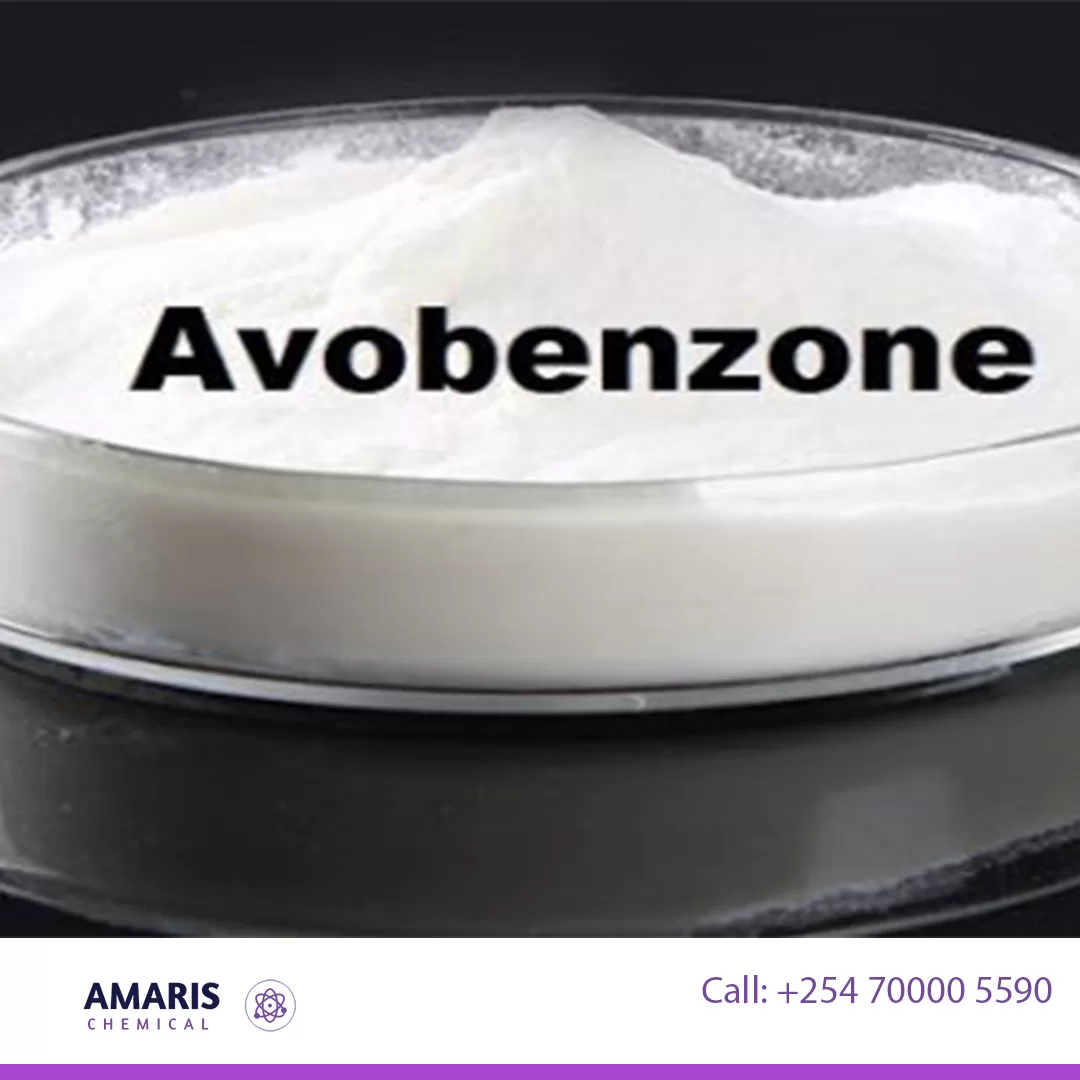
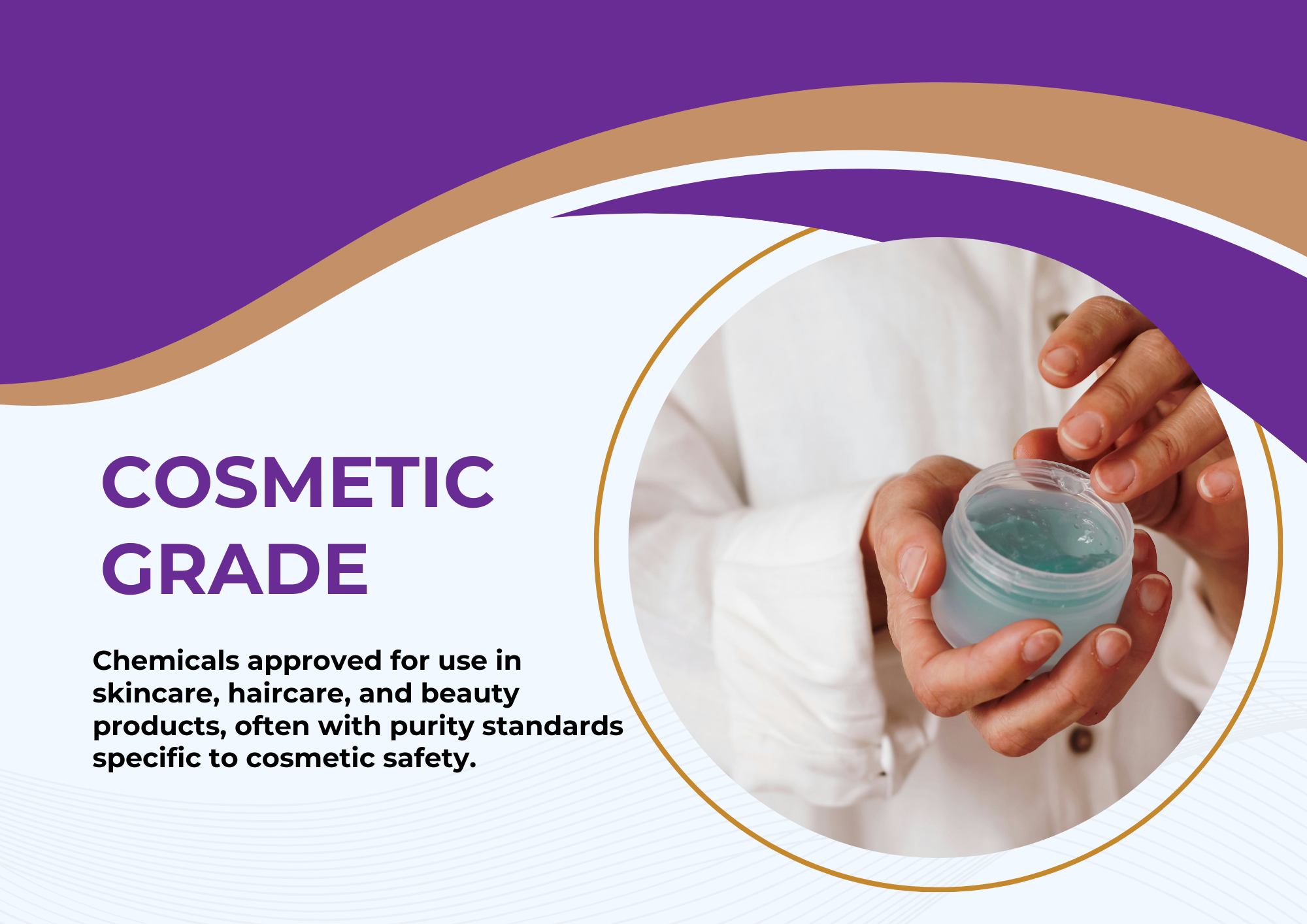

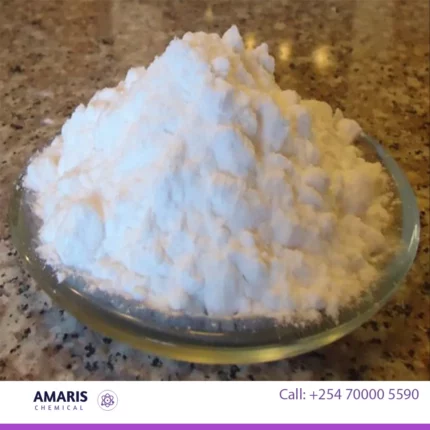
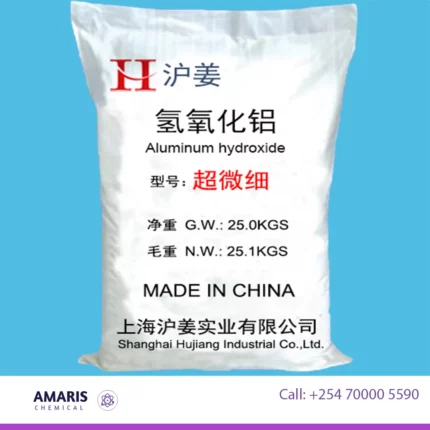













Reviews
There are no reviews yet.